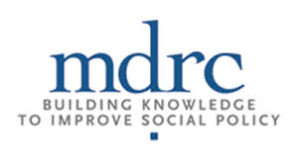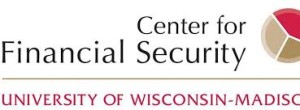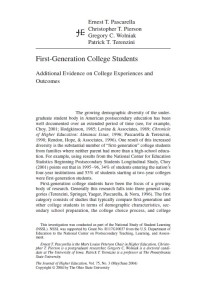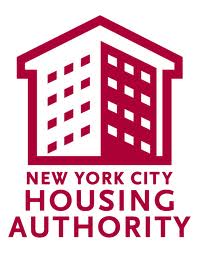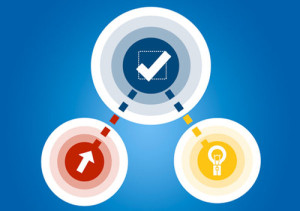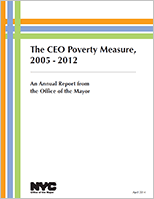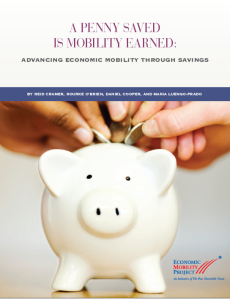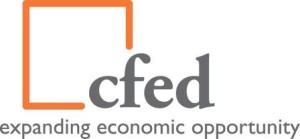White House Report on Increasing_college_opportunity for Low-Income Students
With the growing demand for college-educated workers, a college education is one of the surest ways into the middle class. To help more students afford and graduate from college, the Administration has taken steps to address these challenges – doubling Federal investments in Pell Grants and college tax credits, reforming student loans, and taking new steps to reduce college costs and improve value. But while the President continues to push for changes that keep college affordable for all students and families, we can and must be doing more to get more low-income students prepared for college, enrolled in quality institutions, and graduating.
Each year hundreds of thousands of low-income students face barriers to college access and success. Low-income students often lack the guidance and support they need to prepare for college, apply to the best-fit schools, apply for financial aid, enroll and persist in their studies, and ultimately graduate. As a result, large gaps remain in educational achievement between students from low-income families and their high-income peers. Increasing college opportunity is not just an economic imperative, but a reflection of our values. We need to reach, inspire, and empower every student, regardless of background, to make sure that our country is a place where if you work hard, you have a chance to get ahead.
Under the President and First Lady’s leadership, the Administration and the Department of Education engaged with leading experts to identify the barriers to increasing college opportunity. Some of the most promising actions are to help and encourage low-income students to apply, enroll, and succeed in college. Based on the existing evidence, we identified four key areas where we could be doing more to promote college opportunity. On January 16th, the Administration is announcing new commitments from colleges and university presidents, nonprofits, leaders of philanthropy and the private sector in these four key areas. These efforts mark the beginning of an ongoing mobilization that will work to promote evidence-based techniques, continue to understand what works, and expand successful efforts.
The Executive Office of the President | January 2014




